Biscayne National Park: 1st Time Visitor Guide
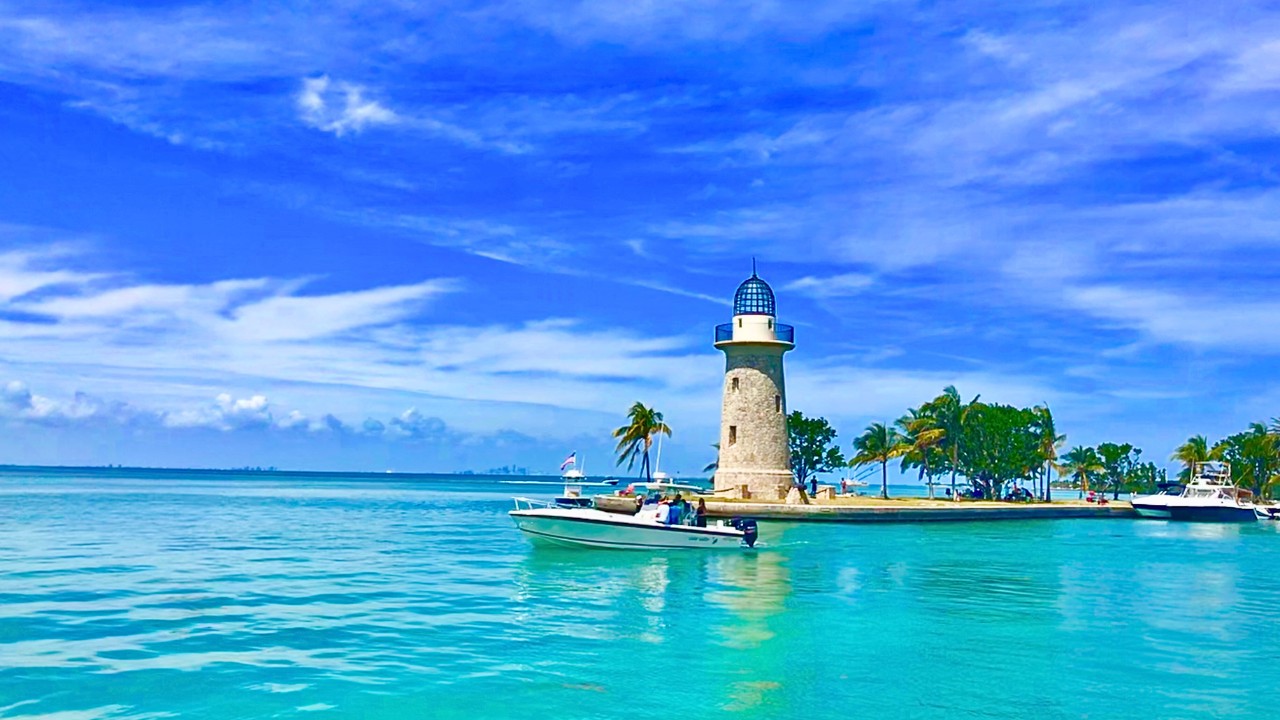
Unlike any other national park in the U.S., Biscayne National Park is 95% water, making it a unique and unforgettable destination for first-time visitors. Located just south of Miami, this hidden aquatic gem is filled with coral reefs, mangrove forests, shipwrecks, and turquoise waters teeming with marine life. Whether you’re kayaking through shallow lagoons or snorkeling vibrant coral reefs, Biscayne offers a tropical escape packed with adventure.
This guide covers everything you need to know to plan your first trip, from how to get there and when to go, to the best things to do, hikes, and tips to make the most of your visit.
Overview
- Location: Southeast Florida, approximately 40 minutes from Miami
- Size: 172,971 acres (mostly underwater)
- Established: 1980
- Main Feature: Coral reefs, Biscayne Bay, Elliott Key, mangrove shorelines, and historic shipwrecks
Biscayne National Park preserves one of the largest marine ecosystems in the U.S. National Park system. It’s part of the only living coral barrier reef in the continental U.S., and a paradise for boaters, divers, snorkelers, and wildlife lovers.
Photos:
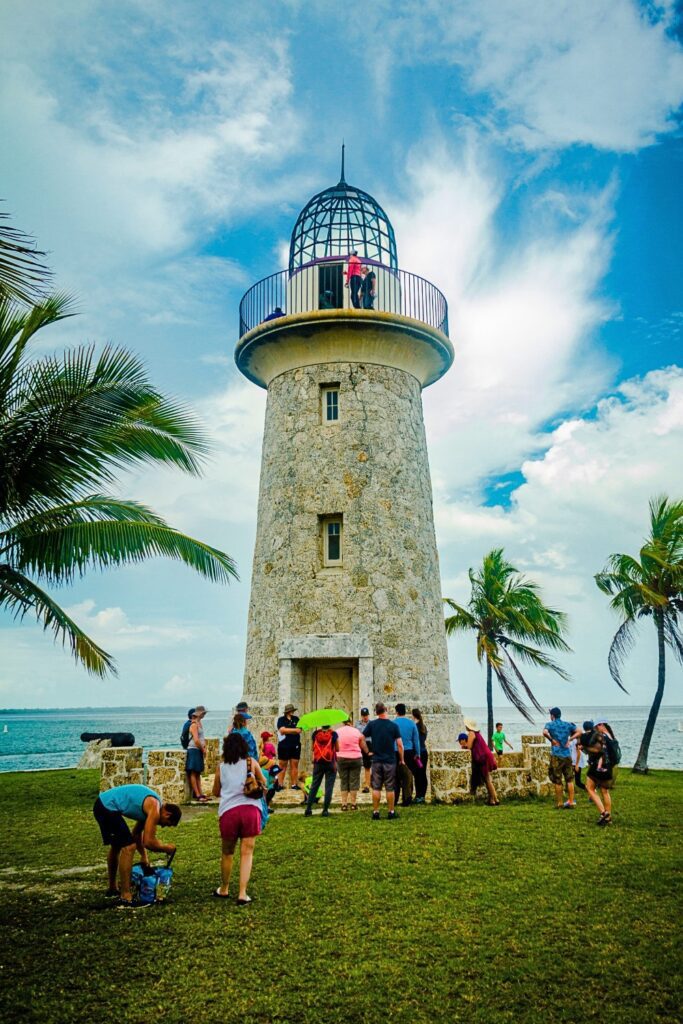
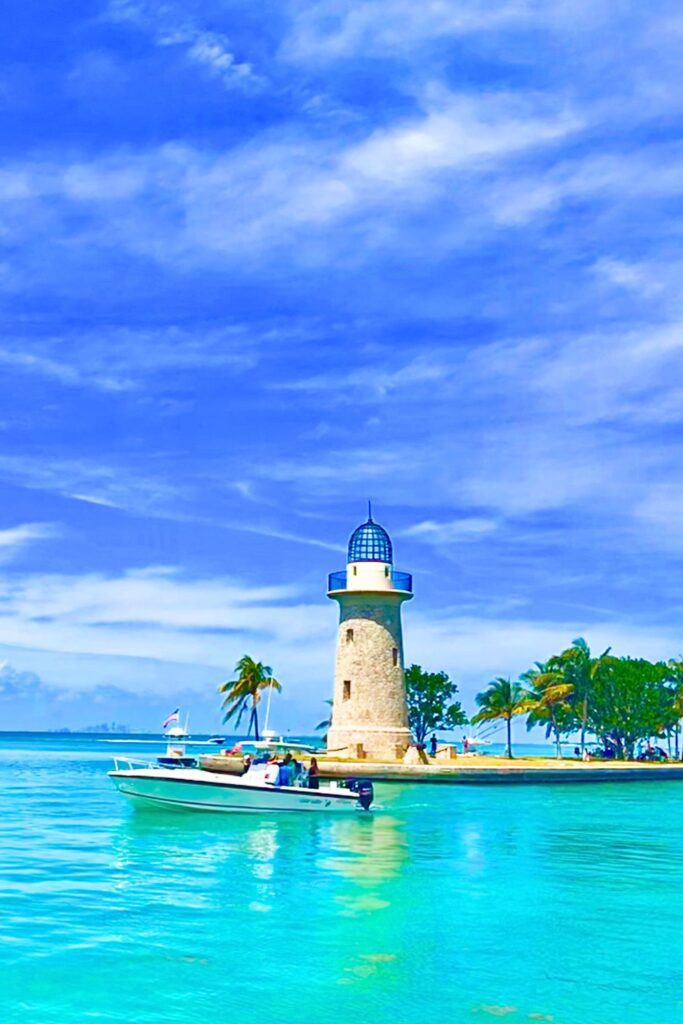
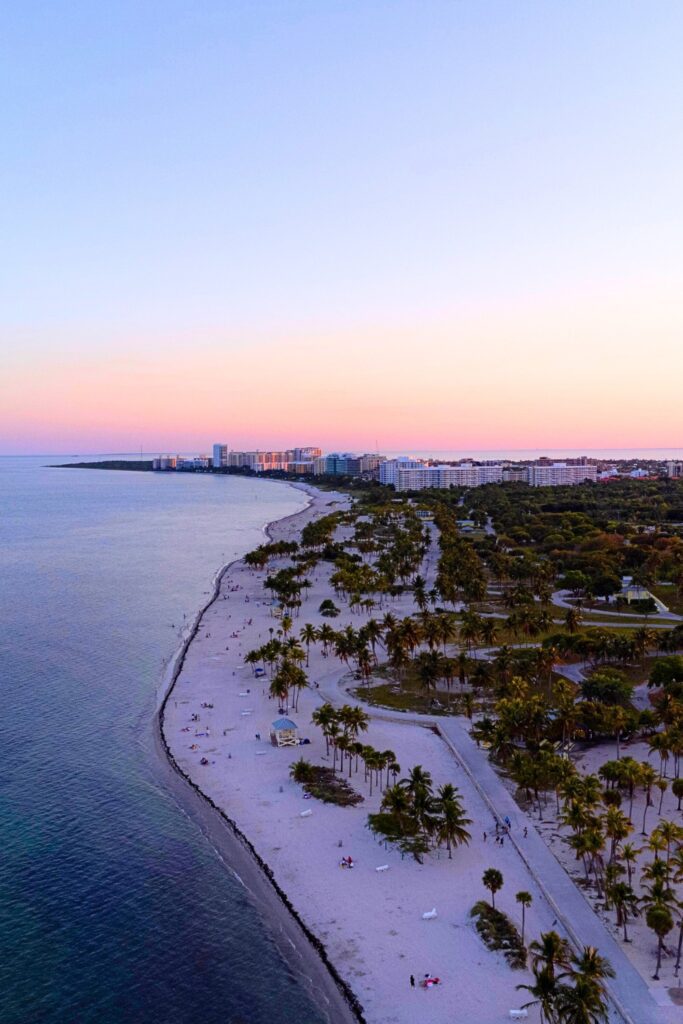
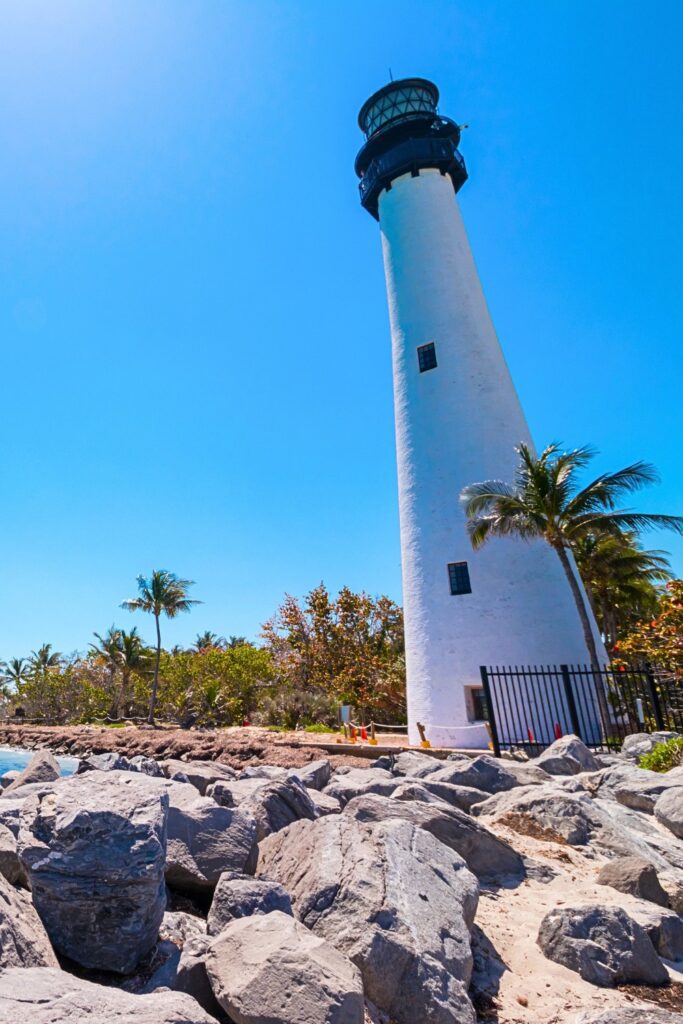
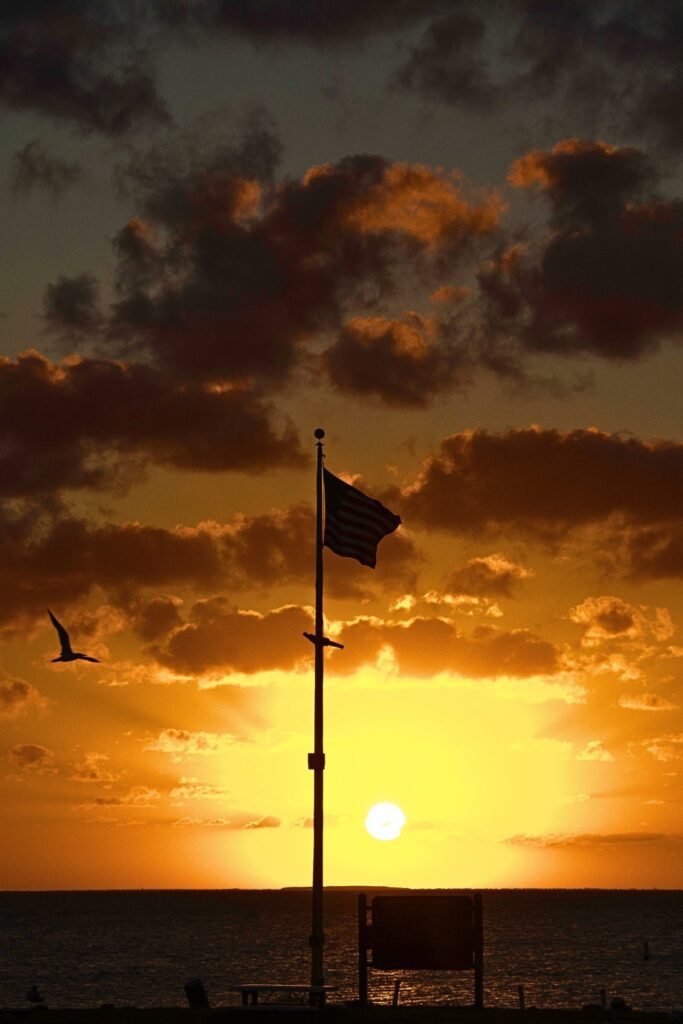
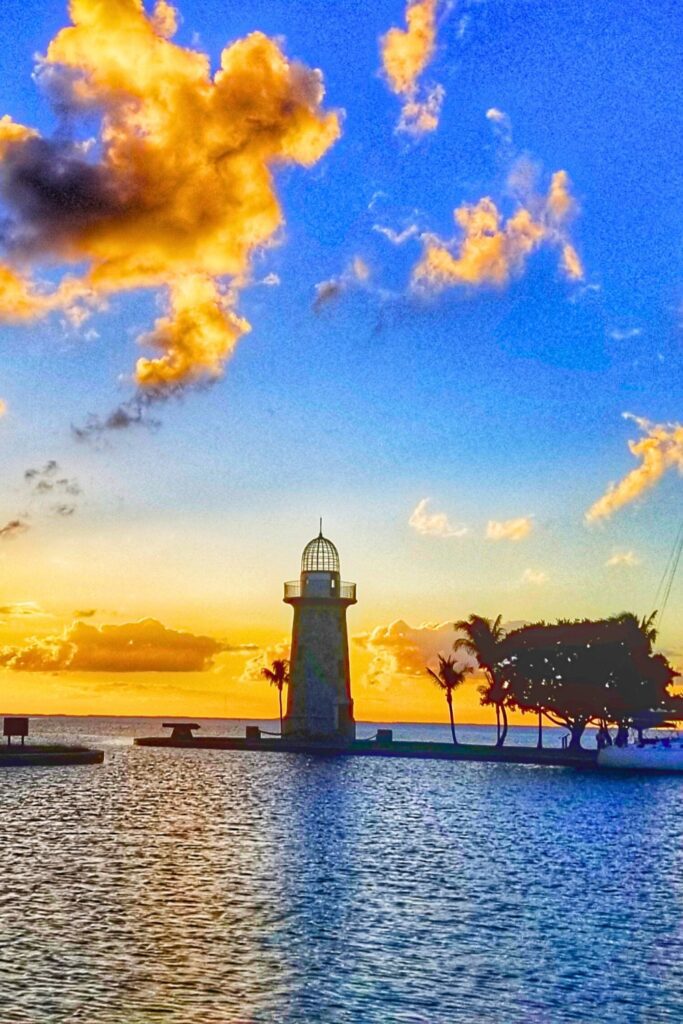

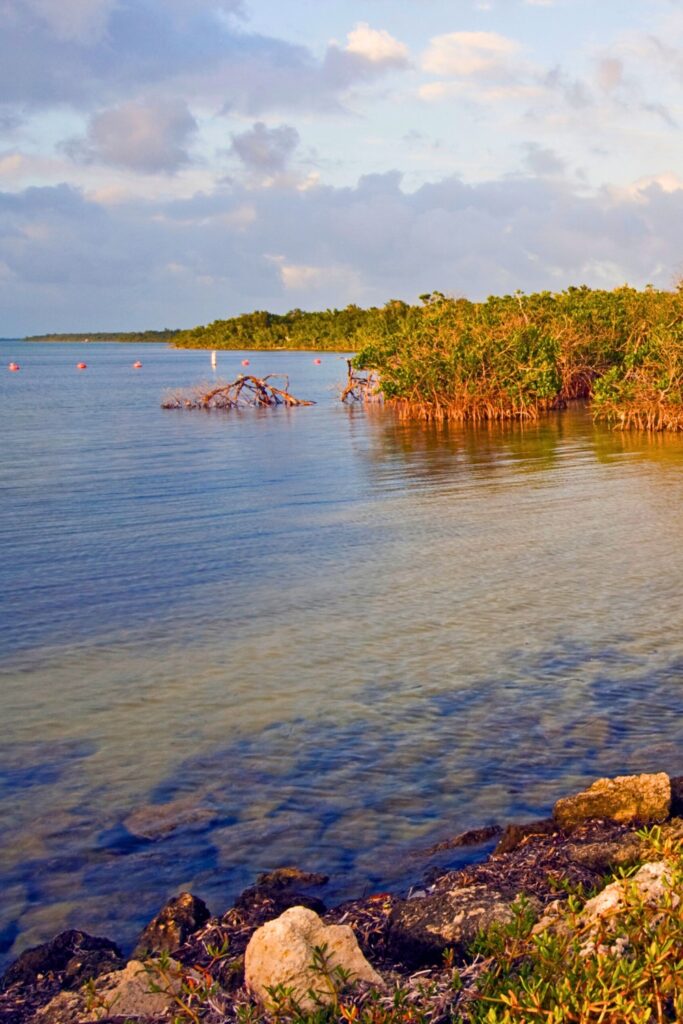
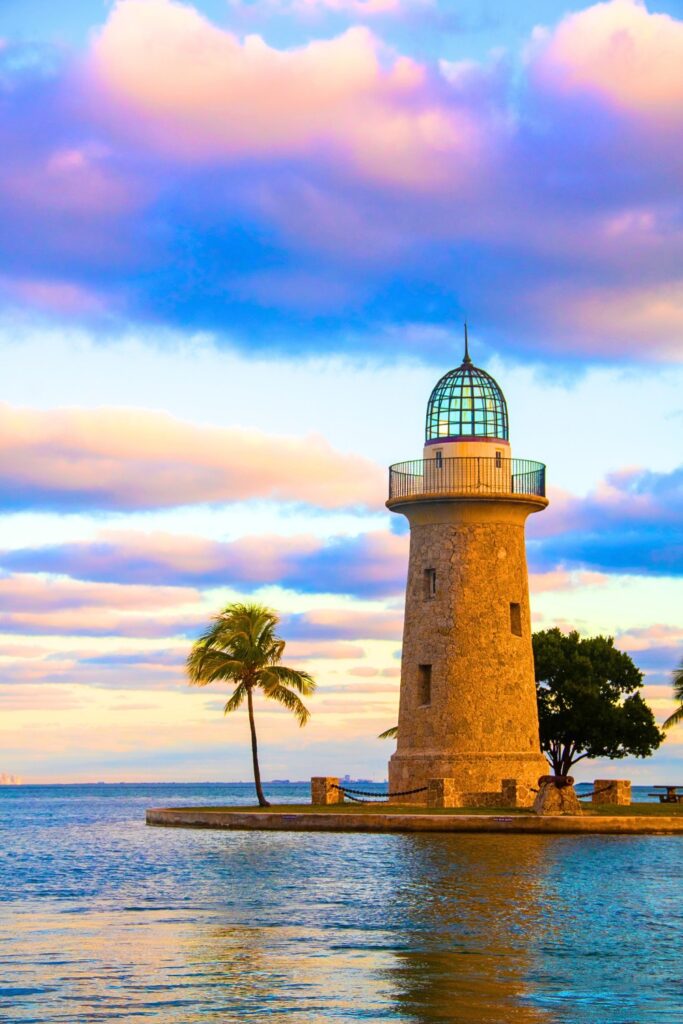
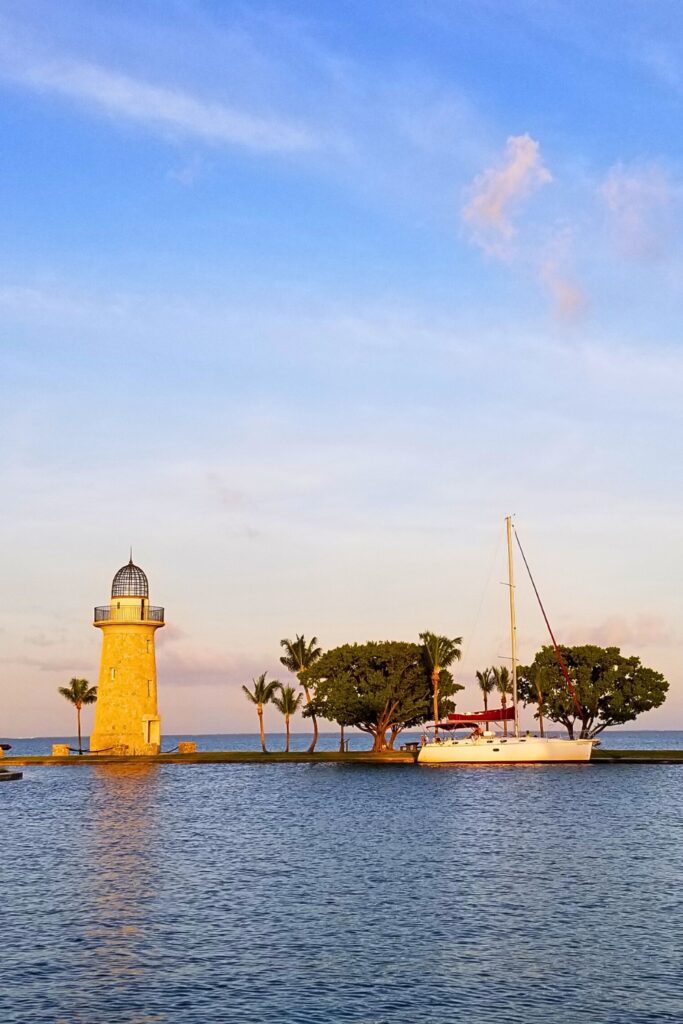
How to Get There
- By Car: Drive from Miami (about 45 minutes) to the Dante Fascell Visitor Center in Homestead, FL.
- By Air: Fly into Miami International Airport (MIA) or Fort Lauderdale-Hollywood International Airport (FLL).
- By Boat: Guided tours and boat rentals can access the park’s outer keys and reefs.
Note: There are no roads through the park’s marine areas—you’ll need a boat or join a tour to reach islands and reefs.
Best Times to Visit
- November to May (Dry Season): Best for snorkeling, diving, boating, and mild weather.
- June to October (Wet Season): Hot, humid, and more mosquitoes. Hurricane season runs June–November, so check forecasts.
Spring and early winter offer the best balance of weather, visibility, and fewer crowds.
10 Best Things to Do in Biscayne National Park
- Snorkel at the Coral Reefs – Explore vibrant reefs at Elliott Key or the Maritime Heritage Trail.
- Kayak the Mangroves – Paddle through shallow mangrove tunnels near the shoreline.
- Take a Glass-Bottom Boat Tour – Perfect for non-swimmers who still want to see underwater life.
- Visit Boca Chita Key – Tour the historic lighthouse and picnic by the water.
- Explore the Maritime Heritage Trail – Snorkel shipwrecks like the Mandalay or Erl King.
- Go Paddleboarding or Canoeing – Calm bay waters are ideal for beginners.
- Camp on Elliott or Boca Chita Key – Remote, tent-only beach camping under the stars.
- Fish in the Bay – Permitted in certain zones with a Florida fishing license.
- Join a Ranger Program – Learn about marine life, conservation, and park history.
- Walk the Jetty Trail – A peaceful and easy land-based walk along Biscayne Bay with great views.
Best Hikes (Beginner to Advanced)
While most of the park is water-based, there are a few land hikes worth checking out:
- Jetty Trail (Easy) – 0.8 miles round-trip near the visitor center. Great for birding and sunsets.
- Elliott Key Loop Trail (Moderate) – About 1 mile loop through tropical hardwood hammock. Accessible by boat.
- Spite Highway Trail (Moderate) – A 7-mile round-trip trail on Elliott Key. Great for backcountry exploration.
Packing List
Because this park is primarily aquatic and remote, packing properly is essential:
- My Amazon gear list
- Snorkeling gear or rent on-site
- Reef-safe sunscreen
- Swimsuit and rash guard
- Water shoes or sandals
- Dry bag and waterproof phone case
- Bug spray (especially in summer)
- Wide-brimmed hat and sunglasses
- Plenty of water and snacks
- Waterproof map or GPS (especially for boaters)
- Tent and gear if camping on the keys
Nearby Attractions:
Where to Stay
There are no hotels inside Biscayne National Park, but here are nearby and on-site options:
On-Site Camping (Boat Access Only):
- Elliott Key: Basic camping with restrooms, cold showers, and picnic tables.
- Boca Chita Key: More scenic with lighthouse views; no showers.
Nearby Accommodations:
- Homestead, FL: Closest town with hotels, restaurants, and stores.
- Miami: For those who want more city amenities within an hour’s drive.
Things to Know Before You Go
- No entrance fee, but boat tours and rentals are extra.
- Bring all food and water if heading to the islands, there are no concessions.
- Cell service is limited or nonexistent on the keys.
- Check the weather forecast, storms roll in quickly.
- Consider booking ranger-guided tours in advance, they often sell out.
- Pack out all trash, especially on remote keys.
- Boat safety and GPS navigation are highly recommended for DIY explorers.
Final Thoughts
Biscayne National Park is unlike any national park you’ve experienced. With its focus on marine exploration, it offers an incredible chance to snorkel coral reefs, kayak calm bays, explore secluded islands, and reconnect with nature in a peaceful, uncrowded setting. If you’re looking for a tropical adventure away from the typical Florida crowds, Biscayne is a must-see.
Whether you’re a paddler, snorkeler, diver, or simply a nature lover, this watery wonderland will leave you awestruck, and inspired to return again.
